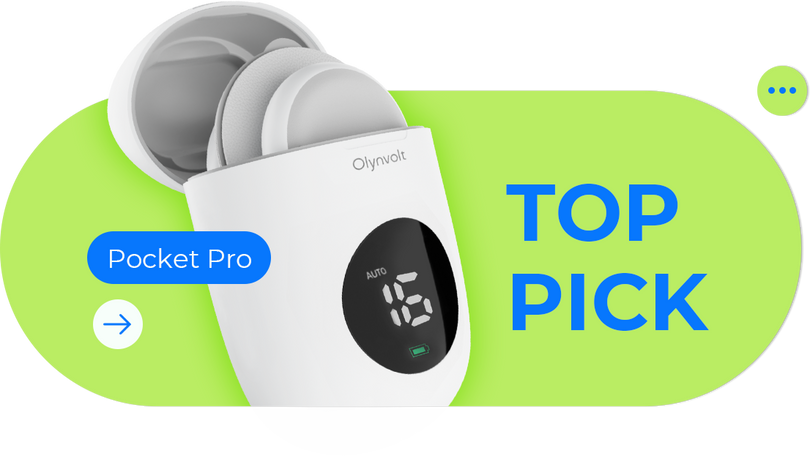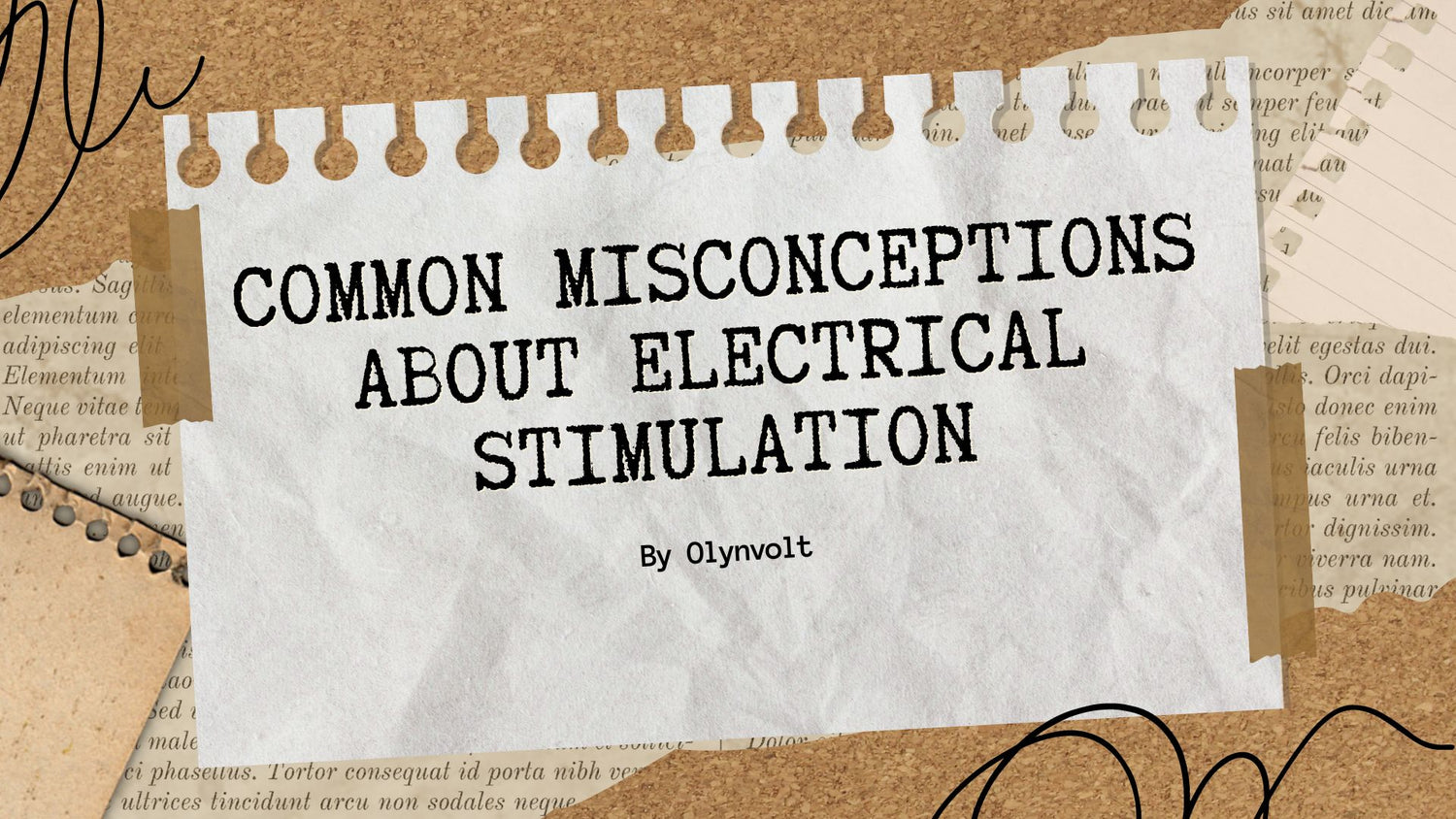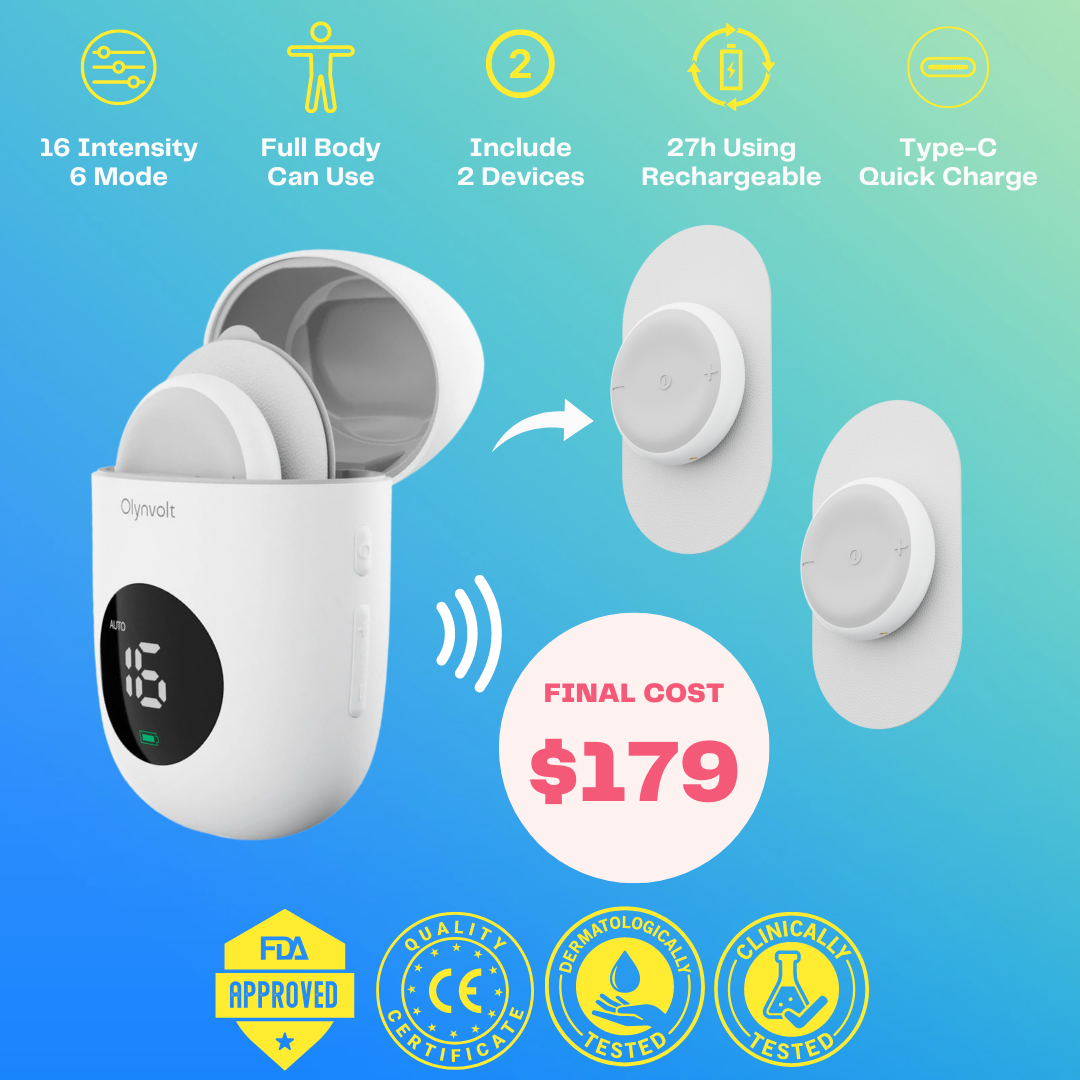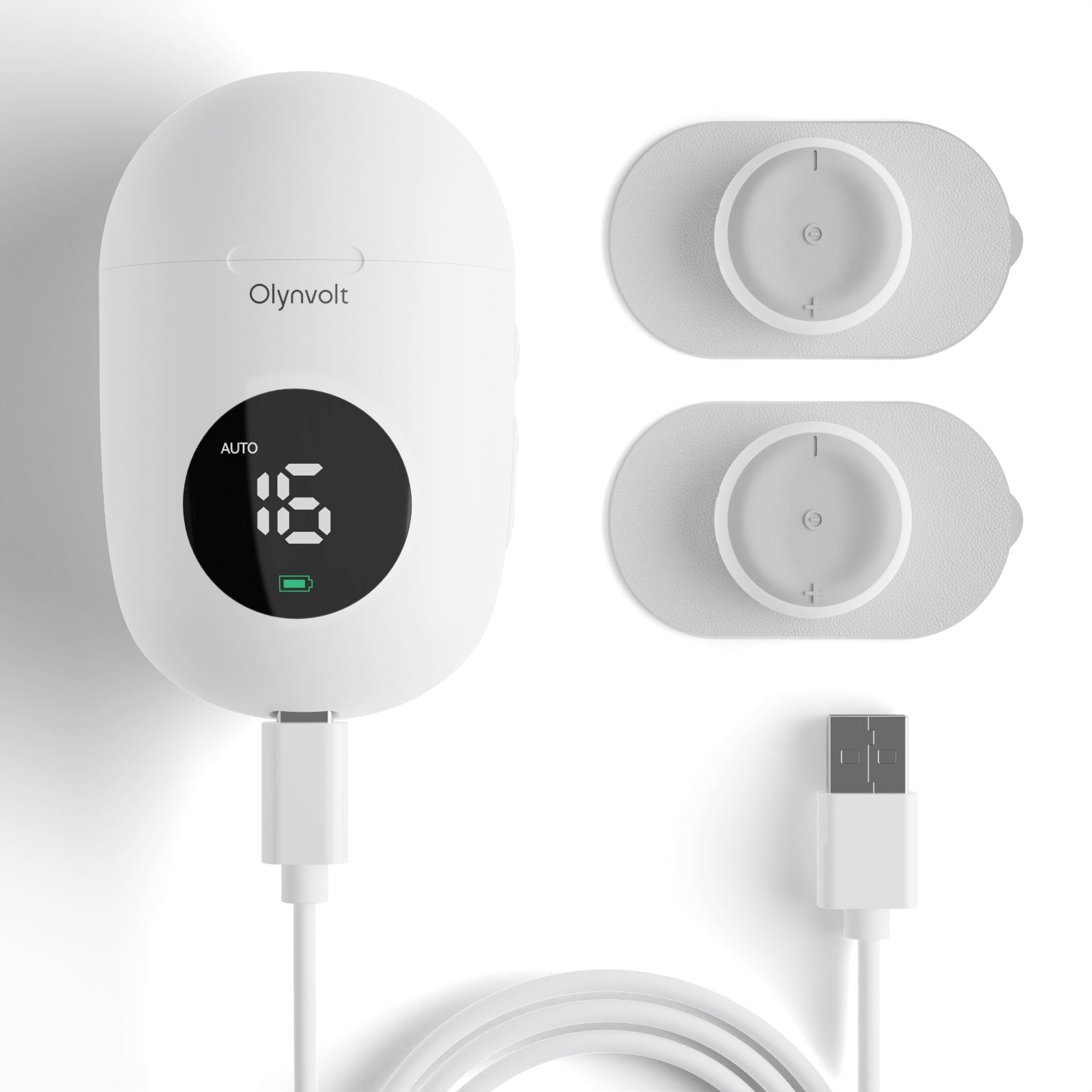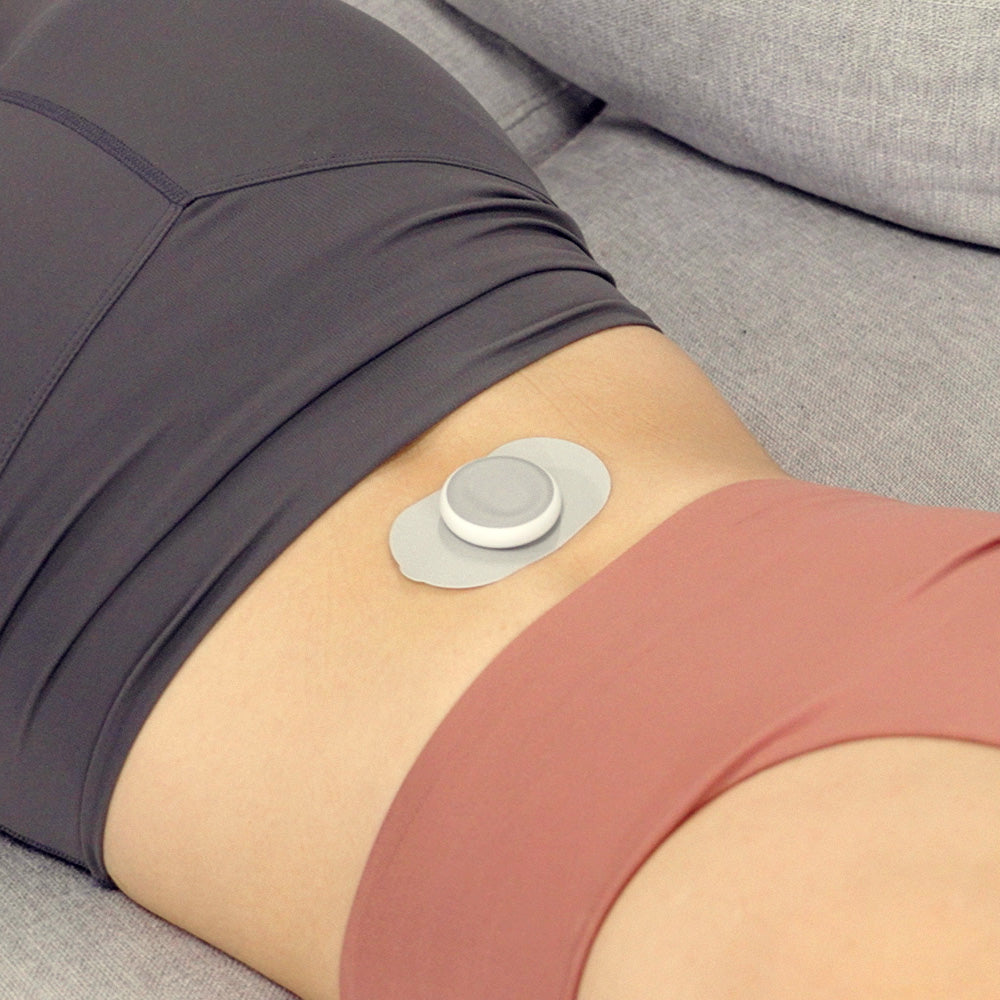Common Misconceptions About Electrical Stimulation
Electrical stimulation, often referred to as electrotherapy, is a therapeutic technique that involves the application of electrical currents to the body for various medical and rehabilitative purposes. While electrical stimulation has been used for decades and has shown effectiveness in certain applications, there are some common misconceptions surrounding this technique. Let's take a look at some of these misconceptions:
Electrical Stimulation is Painful: Many people assume that electrical stimulation involves painful sensations. However, modern electrotherapy devices are designed to deliver controlled and comfortable electrical currents that are unlikely to cause significant pain. Patients may feel tingling, buzzing, or tapping sensations, but these are generally not painful.
Electrical Stimulation is Only for Muscle Stimulation: While electrical stimulation is indeed used to stimulate muscles, its applications go beyond that. It can be used for pain management, tissue healing, improving circulation, reducing muscle spasms, and even promoting wound healing. It's a versatile technique with various potential benefits.
Electrical Stimulation Can Cure Everything: Some individuals might believe that electrical stimulation is a magical solution that can cure all ailments. While it can be beneficial in certain cases, it's not a cure-all. Its effectiveness depends on the specific condition being treated and the individual's response to the therapy.
Electrical Stimulation is the Same as TENS: Transcutaneous Electrical Nerve Stimulation (TENS) is a common form of electrical stimulation, but it's just one type. There are various modes and forms of electrical stimulation, each with its own mechanisms and applications. TENS specifically targets pain relief, while other forms may target different therapeutic goals.
Electrical Stimulation is Harmful: When administered properly by trained professionals, electrical stimulation is generally safe. However, like any medical intervention, it should be used appropriately and under the guidance of qualified practitioners. Incorrect usage or high currents can potentially lead to adverse effects.
Electrical Stimulation is New: Electrical stimulation has actually been used for centuries in different forms. Ancient civilizations were known to use electric fish to treat pain, and in the 18th century, early forms of electrical stimulation were used for therapeutic purposes.
Electrical Stimulation Always Provides Immediate Results: While some individuals might experience immediate relief or improvements with electrical stimulation, others might require multiple sessions to see significant benefits. The response to electrical stimulation can vary from person to person.
Electrical Stimulation is Only for Rehabilitation: While electrical stimulation is commonly used in rehabilitation settings, it's not limited to them. It can also be used in pain clinics, sports medicine, wound care, and more.
Electrical Stimulation Can Replace Medications: Electrical stimulation can be an alternative or complementary therapy to medications in some cases, but it's not a substitute for prescribed medications for certain medical conditions.

